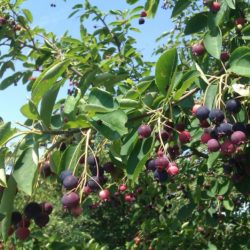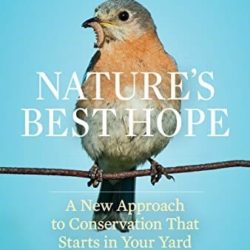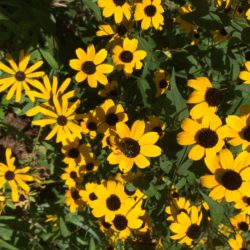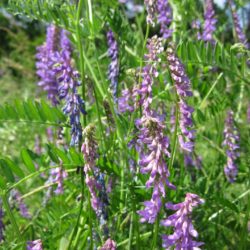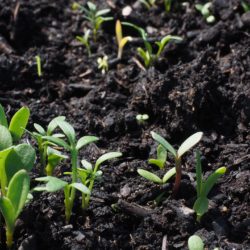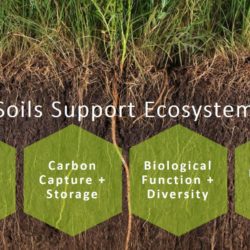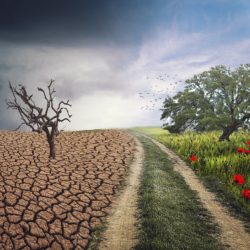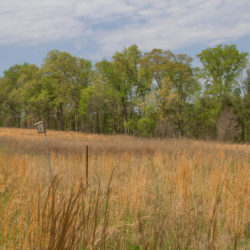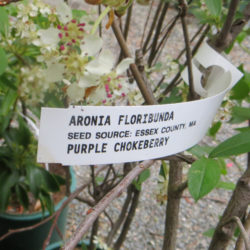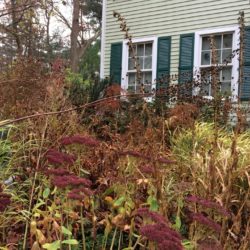by Robert Kourik
You say you want to garden all-naturally, but the closest source of animal manure is many miles away? Then green manuring might be for you. Green manuring is the process of tilling fresh green plants into the soil to help make it drain better and allow it to hold onto more moisture, with an added bonus – the plants, as they decay, act as a readily available fertilizer. Green manuring is also pretty darn close to free fertilizer – discounting the cost of a few seeds and plenty of elbow grease. Learning how the natural cycle of decomposition works means you’ll know exactly what part of the cycle to influence, how to speed up the natural processes, and how to improve the soil in either the short or the long term.
***
Each author appearing herein retains original copyright. Right to reproduce or disseminate all material herein, including to Columbia University Library’s CAUSEWAY Project, is otherwise reserved by ELA. Please contact ELA for permission to reprint.
Mention of products is not intended to constitute endorsement. Opinions expressed in this newsletter article do not necessarily represent those of ELA’s directors, staff, or members.

